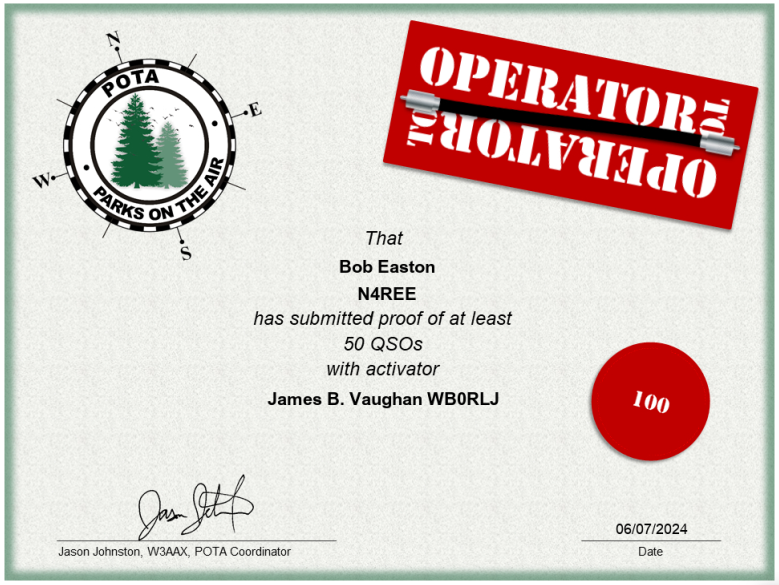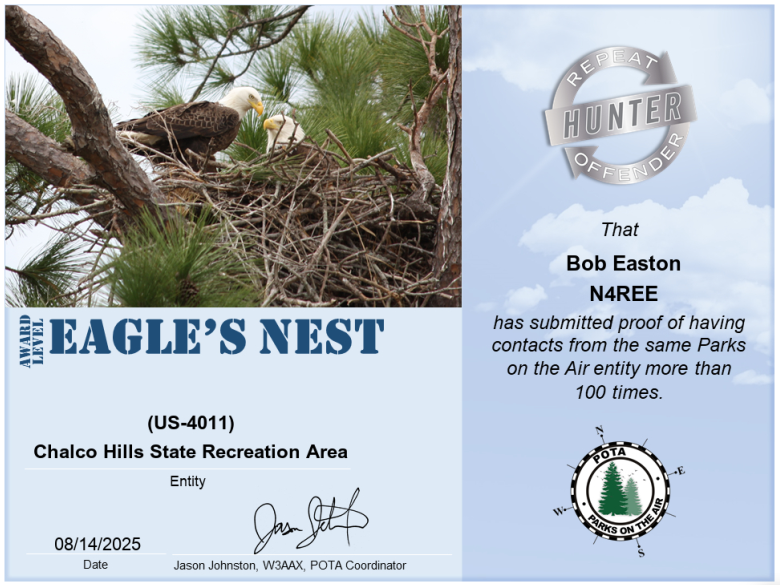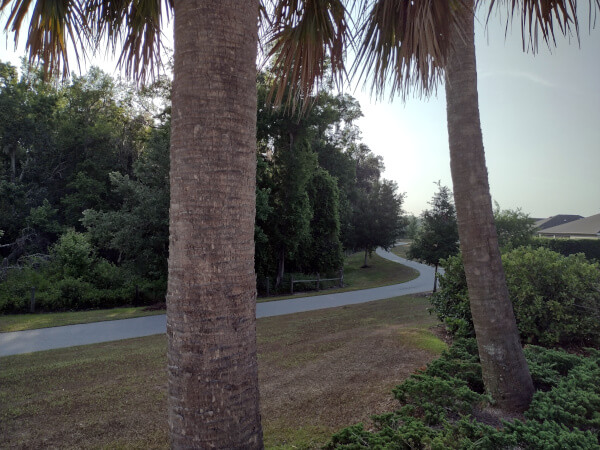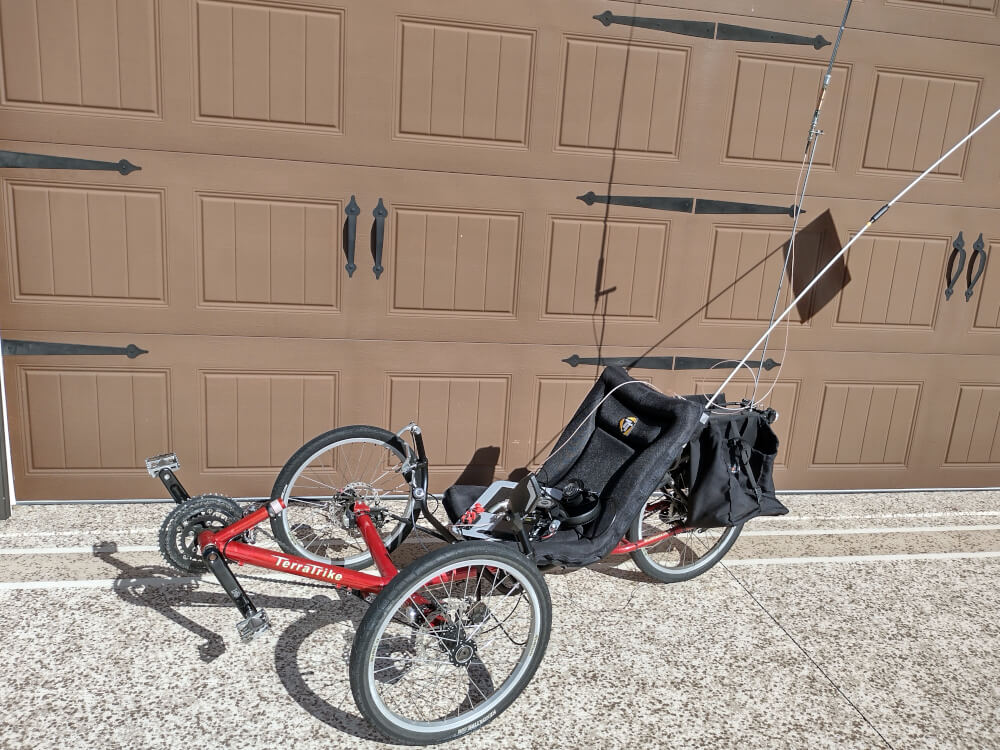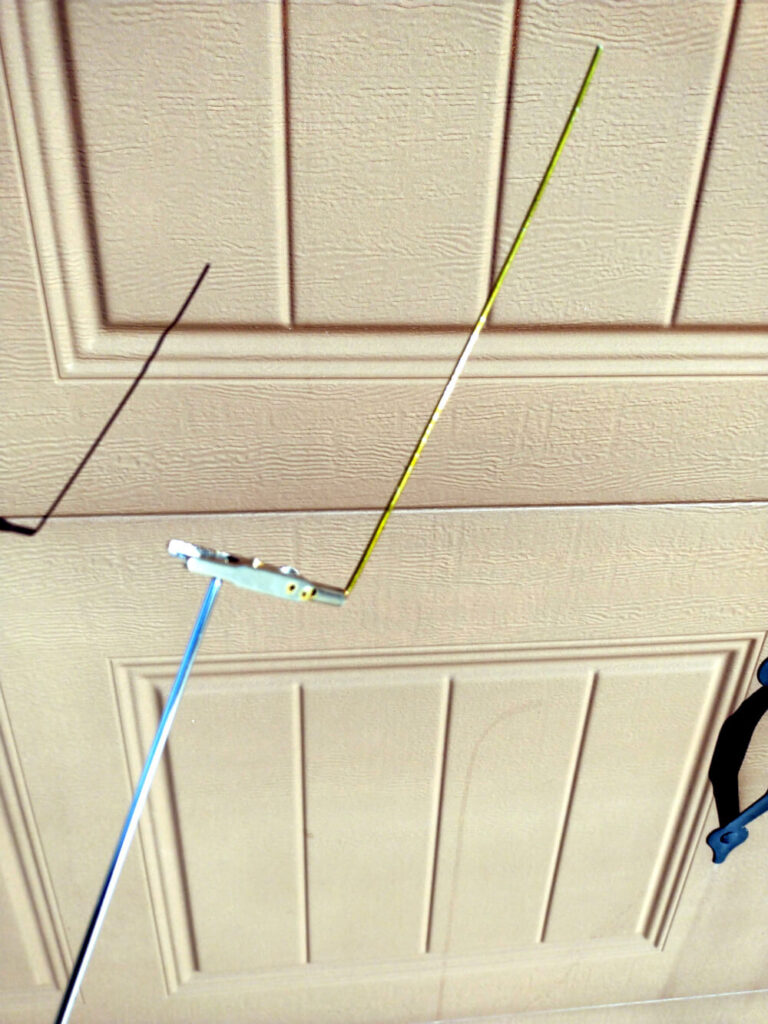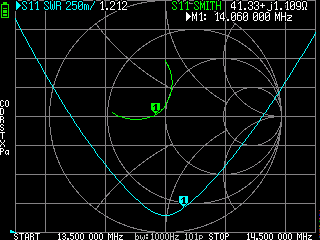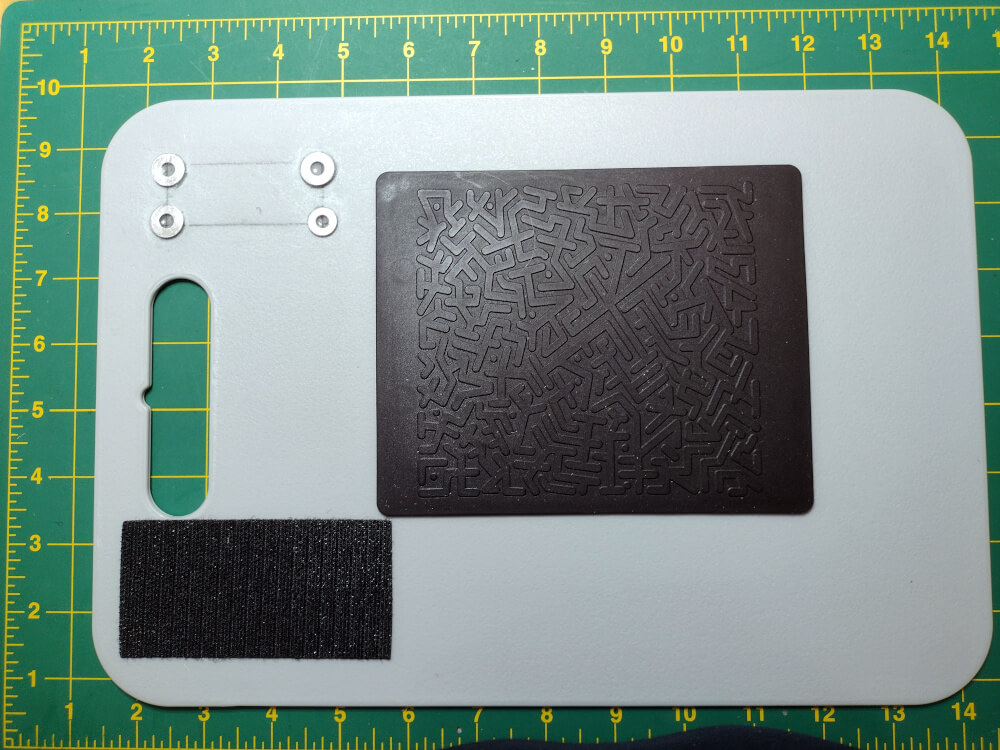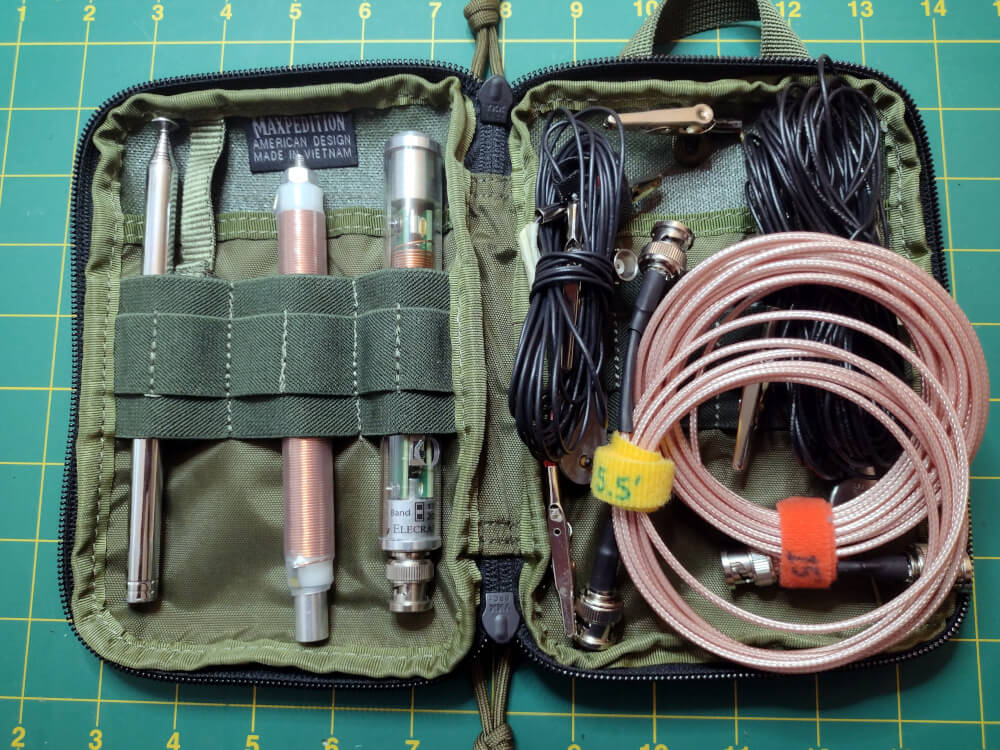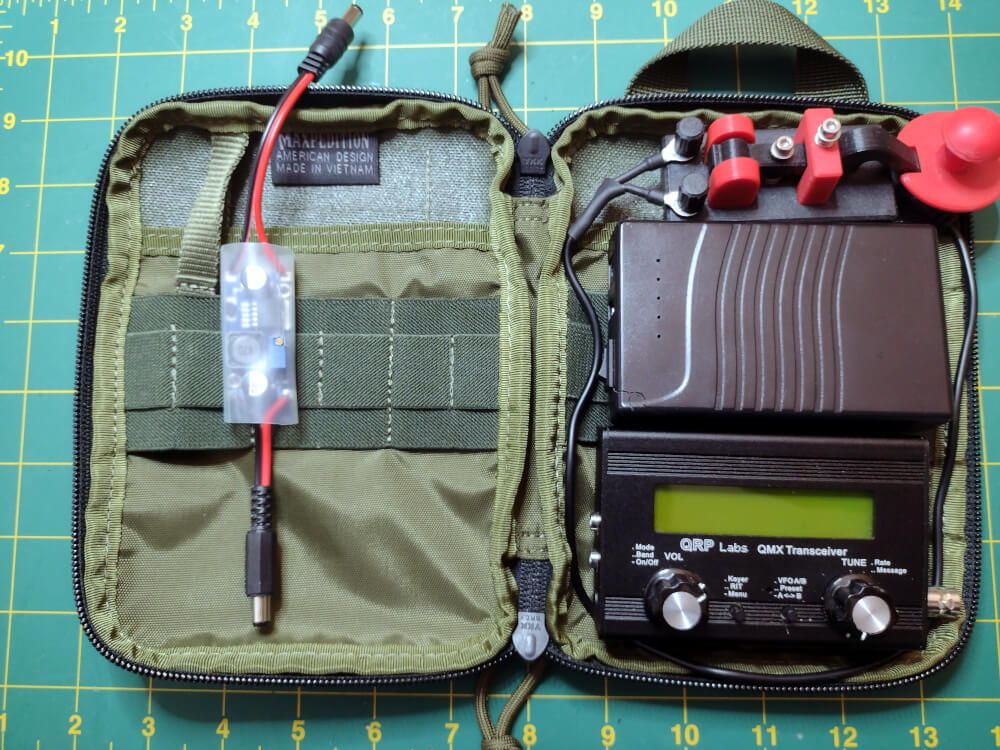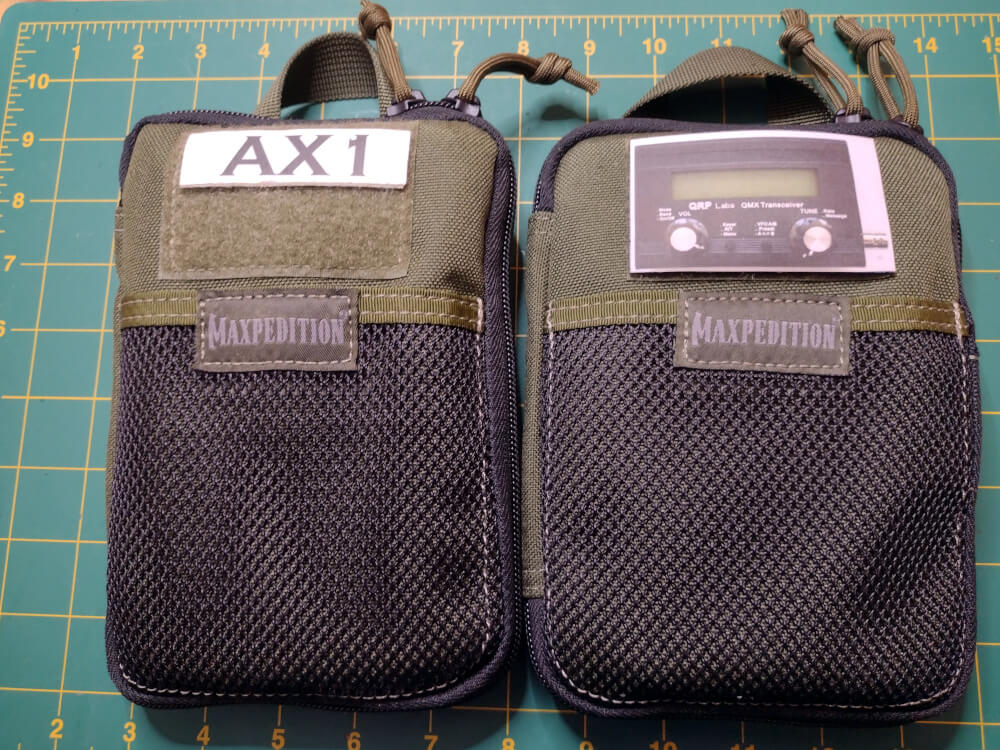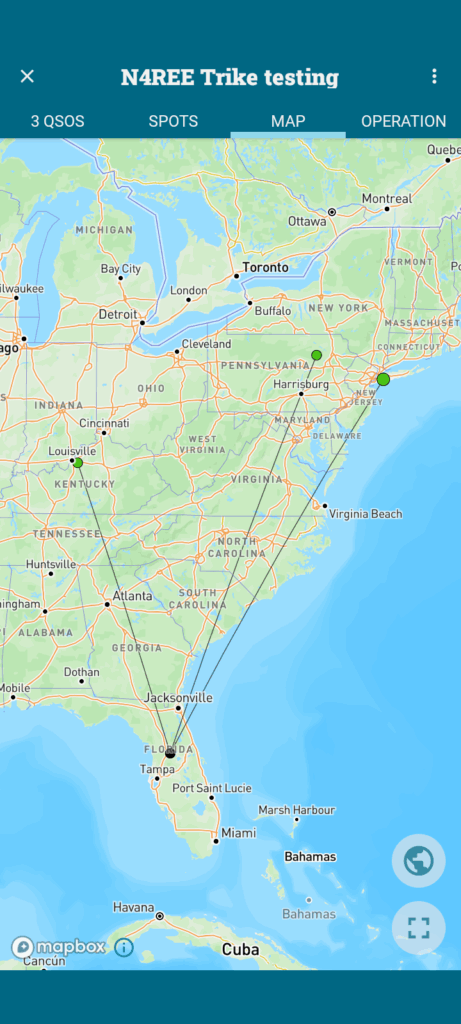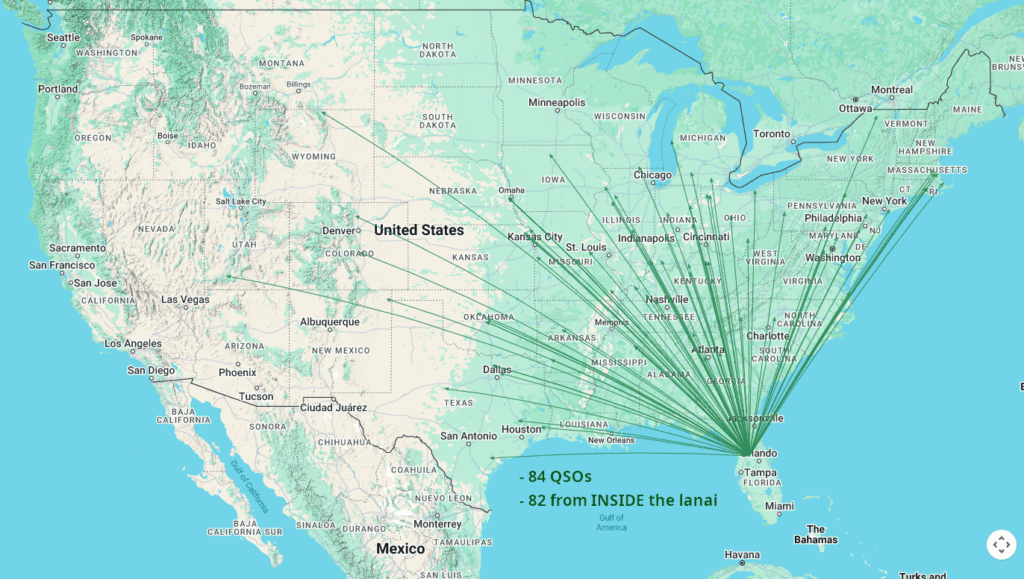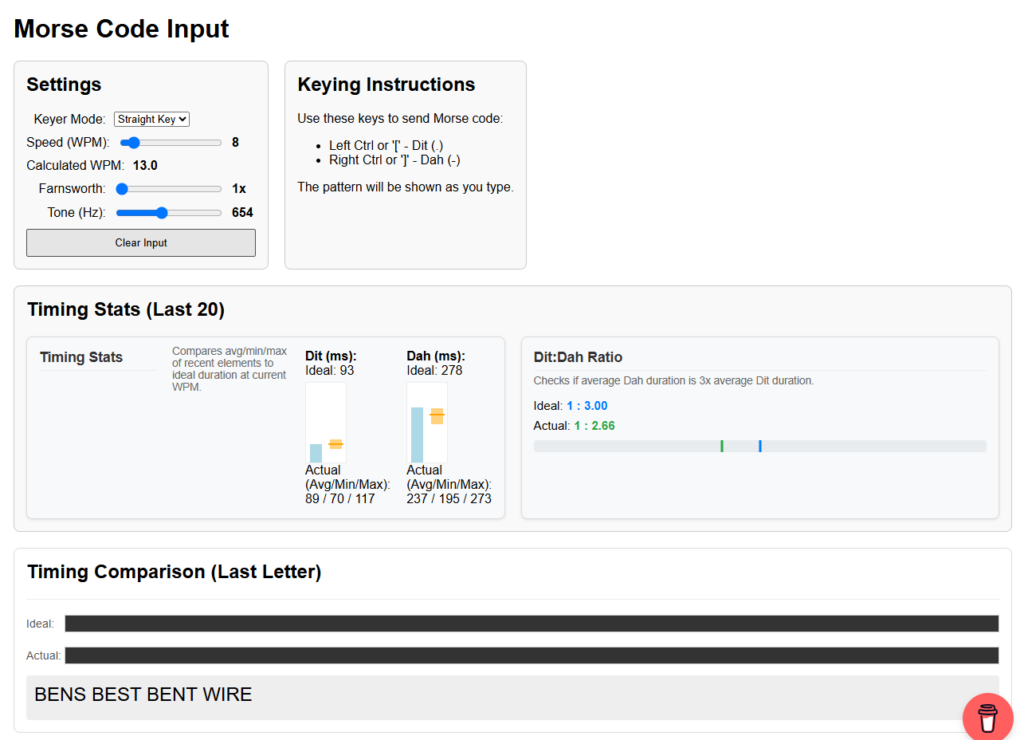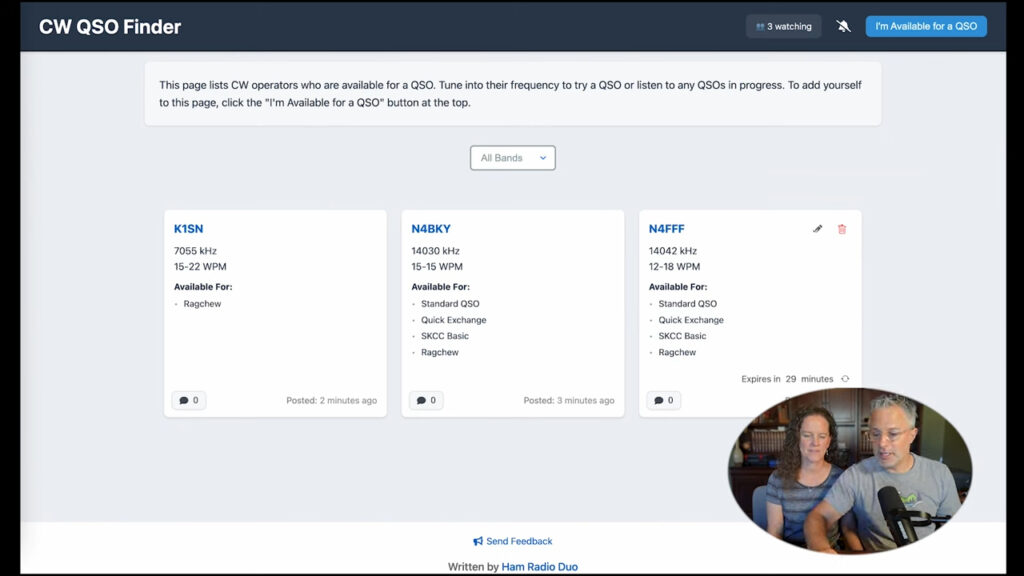Jim and I had our 100th POTA QSO yesterday. Jim probably doesn’t know it, but he’s my CW mentor. My first QSO with Jim was in May of 2023, not long after I discovered Parks On The Air. It only took a few QSOs with him to recognize his CW operator expertise, and to decide to hunt him as often as I could. Of the many things one can learn from Jim are consistency and courtesy.

Listen for a short while and the consistency is very obvious. He always conducts QSOs the same way, making it very easy to know when to try catching him.
More important, Jim’s courtesy is obvious by listening to how patient he is with all callers, particularly weak signal callers, such as my QRP whispers. His honest RST reports are also good tools. As my sloppy CW improved, so did the R (readability) part of his reports.
Good advice for ALL CW ops
Jim’s Advice for CW POTA Hunters can be very useful for all CW operators. While written as first person “opinions,” I believe they are excellent etiquette points for all CW operators. If all CW operators followed many of these suggestions, we would all have more fun, and avoid annoyances. If you want to be an outstanding CW operator (I’m not there yet), PLEASE take a few minutes to read Jim’s advice.
Personally, as a POTA hunter, I’ll hone in on my pet peeve: the IDIOTS (YES, I mean IDIOTS) that feel the need to tune-up directly over an activator. Your stupidity not only annoys the activators, but blocks others who are patiently waiting. Step aside a kHz, or to a nearby clear frequency, to tune your rig. That kHz is well within the bandwidth of any antenna, and if you don’t know that, you’re too stupid to have passed a license exam. Be considerate enough to stop tuning up over the top of any other signal you can hear. As Jim says, JUST DON’T DO IT.
Returning to being friendly, consider adding a personal bit to your QSOs. Saying “GA Jim” takes only a couple of seconds and signals a kind of friendship. Who doesn’t like a personal greeting? I try, but don’t do it often enough (a resolution in progress.)
Bonus material
Jim maintains a collection of activation recordings at his YouTube channel. These are good for you to:
- Hear what your own signal sounds like on his end.
- Hear what a pile up sounds like to an activator … and understand why being a bit off zero beat is a GOOD thing.
- and maybe hear what an idiot sounds like tuning up on the same frequency.
Lastly…
The POTA site automatically generates awards related to activity frequency. These two were triggered by that 100th QSO with Jim, one for Jim the operator, the other for the park that he always uses. I’m delighted in knowing Jim WB0RLJ and having the awards.
